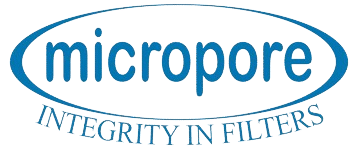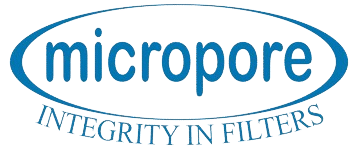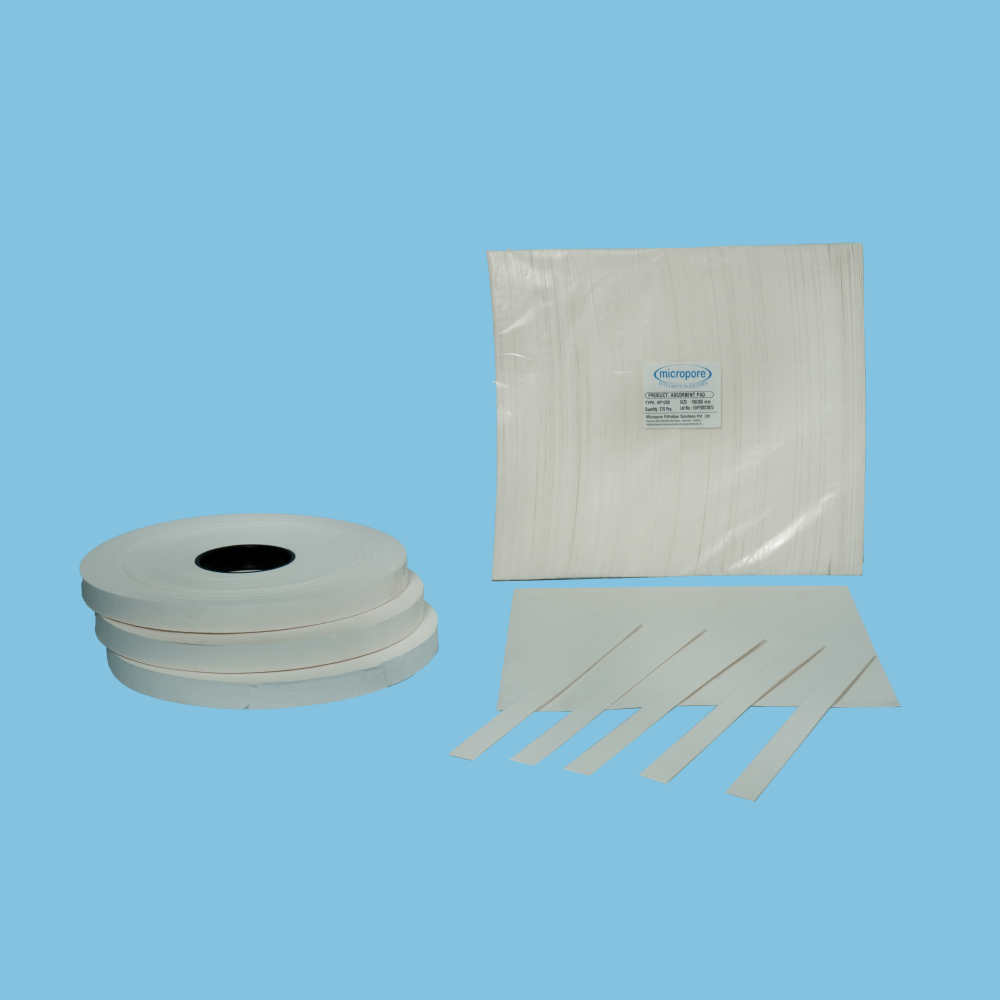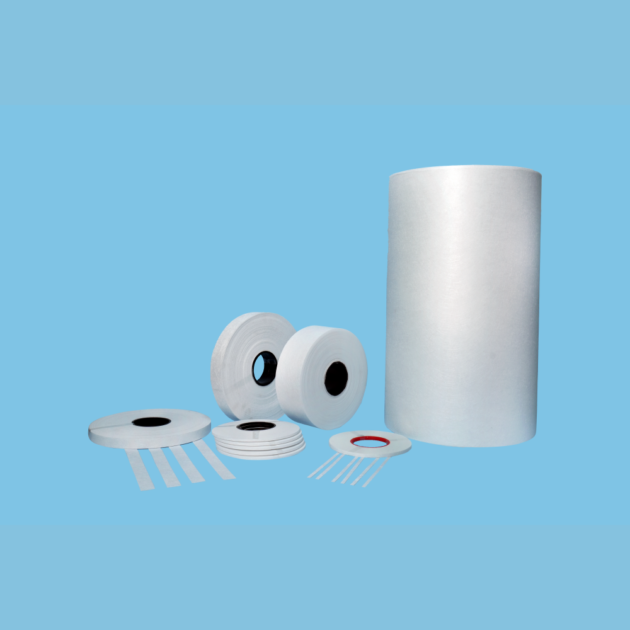Description
Key Features:
- Material: Constructed from highly absorbent materials such as cellulose, polypropylene, or superabsorbent polymers (SAP) depending on the specific application requirements.
- Absorption Capacity: Engineered to absorb and retain liquids efficiently, minimizing cleanup time and reducing the risk of slips and falls.
- Versatility: Available in various sizes, thicknesses, and configurations (e.g., pads, rolls, sheets) to suit different uses and environments.
- Applications:
- Industrial Settings: Used for absorbing oils, chemicals, and other liquids in manufacturing, automotive, and maintenance operations.
- Healthcare Facilities: Employed for managing spills, leaks, and bodily fluids in hospitals, clinics, and laboratories.
- Food Industry: Ensures cleanliness and safety by absorbing liquids in food processing, packaging, and transportation.
- Environmental Cleanup: Facilitates the containment and cleanup of spills in environmental remediation and hazardous waste management.
- Disposable: Designed for single-use applications to maintain hygiene standards and facilitate easy disposal after use.
- Quality Assurance: Manufactured under strict quality controls to ensure absorbency, durability, and reliability in various operational conditions.
Benefits:
- Efficiency: Rapidly absorbs liquids to prevent spreading and minimize potential damage or contamination.
- Safety: Helps maintain a clean and safe working environment by reducing slip hazards and exposure to hazardous substances.
- Convenience: Available in pre-cut sizes or customizable rolls for convenient use and storage in different workplace settings.
- Environmental Compliance: Meets regulatory standards for handling and disposing of liquids, supporting environmental sustainability initiatives.
Absorbent pads are indispensable tools for managing liquid spills and maintaining cleanliness across industries, ensuring operational efficiency and safety in diverse workplace environments.




